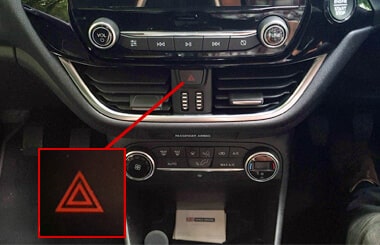The statement "150 million lines of code" means basically nothing. For one thing, "lines of code" is a truly lousy way to measure program complexity. What is a "line of code"? Is it just the line count of all of the source files? Or do you exclude blank lines, comments, and lines with just formatting characters on them ("{", "}", etc). Combine those questions with the choice of code formatting conventions, and you can have a 10x difference in the number of "lines". Combine that with questions about what language is being used and you get another 10x difference.
Secondly, modern computers are astoundingly cheap in terms of dollar per MIPS of computation power or GB of memory. Engineering time, however, is more expensive than ever. These two factors together mean that modern computers are built on a huge underlying foundation of pre-existing code. That code is general-purpose code, it does lots of things, both the things that are required to implement the software, and a whole bunch of other things that aren't. You could trim out a huge amount of this "code bloat" if you wanted to, but it's much cheaper to just throw an extra gig or two or ram into the system than to pay a hundred engineers for a year to trim stuff out.
For example, modern embedded systems are all built on Linux. They don't need anything approaching the full functionality of Linux, but it's free, it's available, and most of the developers are already familiar with it. That means it's cheap. The Linux kernel, BTW, at last count was rated around 30 million lines of code. That's just the kernel, mind you, not counting the various libraries and utilities that run on top of it. And yes, see previous comment about how much that number is actually worth. Most of that code is for device drivers for every common PC peripheral anyone has manufactured in the last three decades (and a huge number of uncommon ones too). You're probably using less than 0.1% of that code in any given system.
So, Ford probably buys the stereo from a 3rd party manufacturer. That stereo is probably running Linux -- there's 30M+ lines right there. Then there's the NAV system, I bet that's running Linux too, and probably came from a different 3rd party manufacturer, so now we're at 60M. Etc, etc.
Boeing, OTOH, is unlikely to be using Linux in any of the control systems of their aircraft. I bet it's in the in-flight entertainment system, though (and since that 7M number is less than that's what's in the kernel, it's probably not included).
Writing special-purpose code costs money -- that's one of the reasons why 787 Dreamliners cost $300M each. :)
![]()
![]()
![]()




































